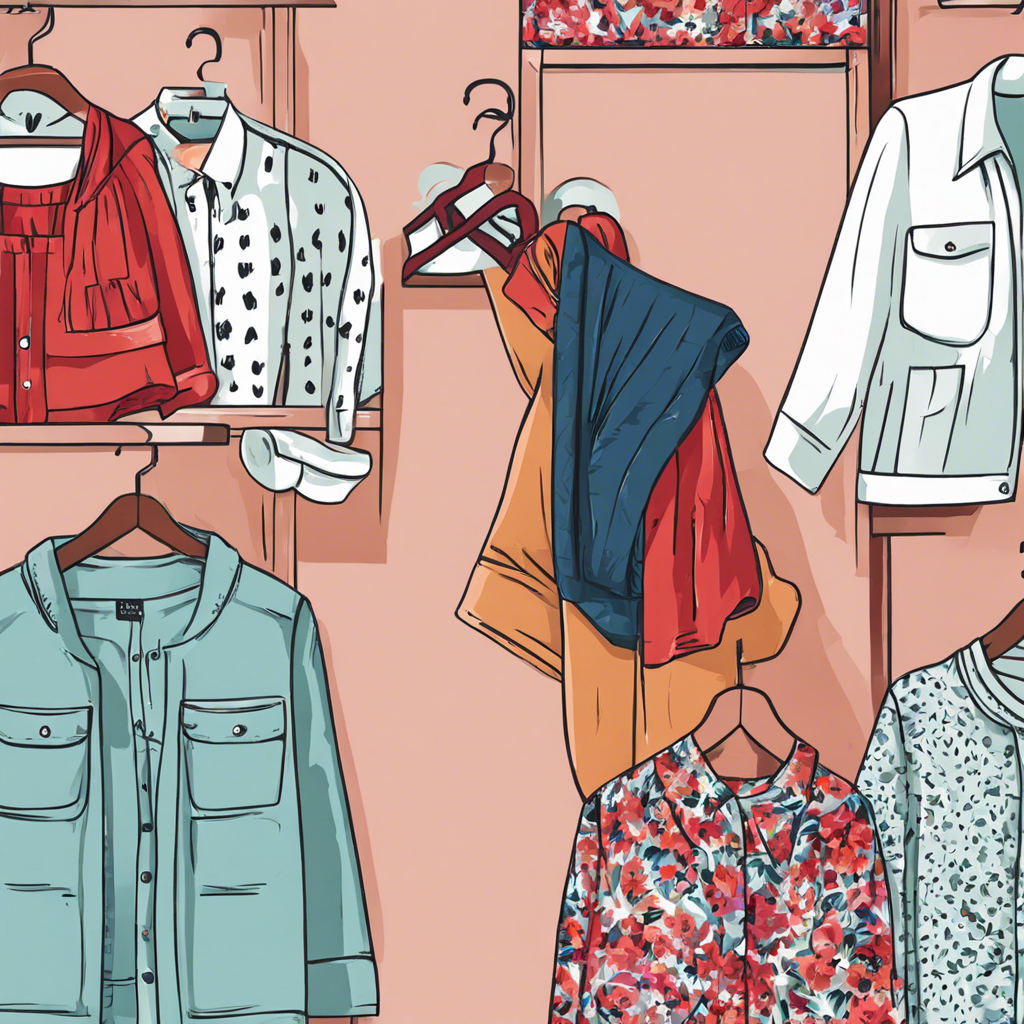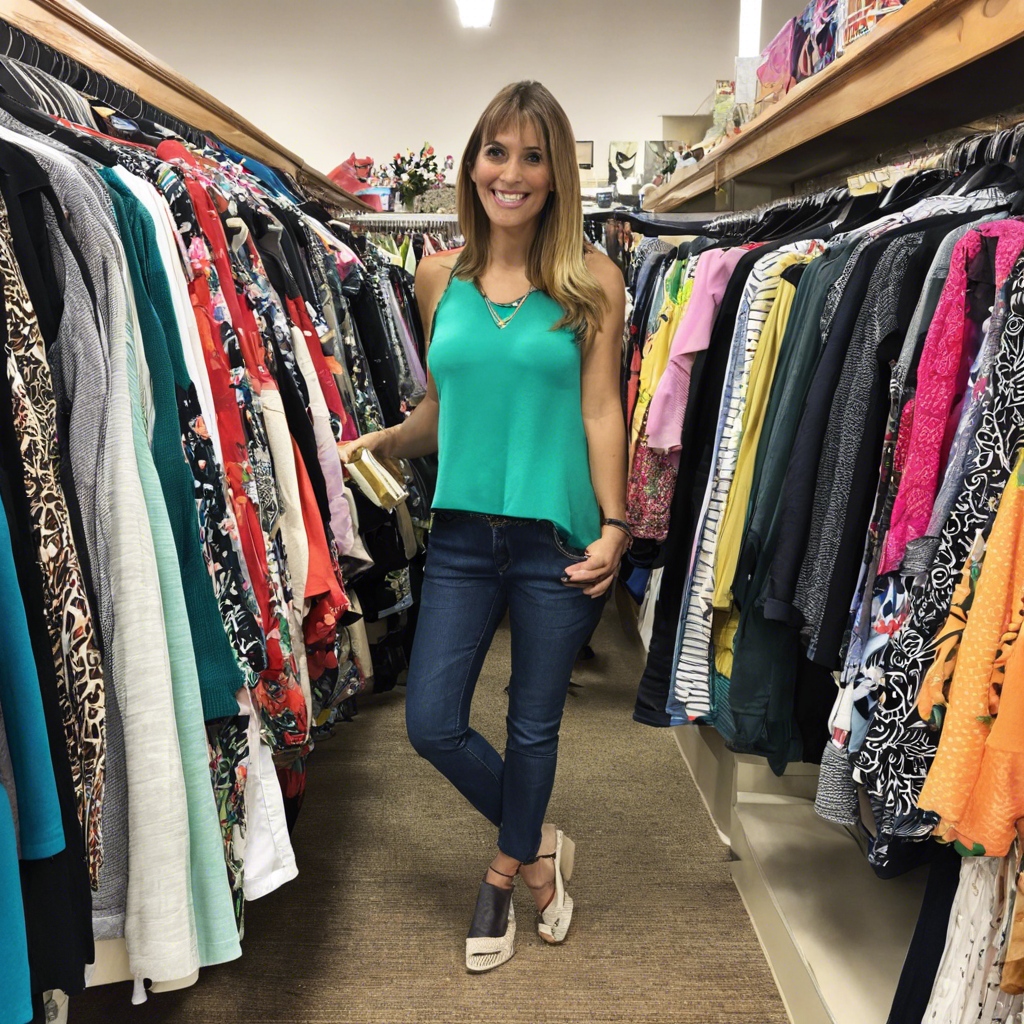The fashion industry is notoriously trend-driven, but a growing number of consumers are demanding more than just the latest styles – they want clothing that is kind to the planet and its people. As a result, sustainability has become a buzzword in the fashion world, with an increasing number of brands adopting eco-friendly practices and consumers becoming more conscious of the environmental impact of their purchases. But what does sustainable fashion really entail, and how can consumers navigate this increasingly crowded space?
Firstly, it’s important to understand the issues inherent in the fashion industry. The rise of fast fashion has led to an overconsumption crisis, with cheap, trendy clothing often ending up in landfills after just a few wears. The production of garments also has a huge environmental impact, from the use of toxic chemicals and water pollution to the carbon emissions associated with shipping and transportation. Not to mention the ethical concerns surrounding labor conditions and fair wages for garment workers.
So, what can consumers do to make more sustainable choices? One of the simplest ways is to buy less and choose well. Investing in classic, timeless pieces that can be worn for years, rather than trend-led items that will quickly date, is a great way to reduce your environmental impact. It’s also important to look for clothing made from sustainable materials, such as organic cotton or linen, which have a lower environmental impact than conventional fabrics.
In addition to choosing sustainable materials, consumers should also consider the manufacturing processes and supply chains of the brands they support. Many companies now offer transparent breakdowns of their production methods, from the sourcing of materials to the packaging and shipping of the final product. It’s also worth looking for brands that are Fair Trade certified, ensuring that workers are being paid a living wage and treated ethically.
Another way to embrace sustainable fashion is to extend the life of your garments through proper care and maintenance. This includes washing your clothes less often, using cold water and gentle cycles, and air drying whenever possible. Mending and tailoring services can also help to lengthen the lifespan of your clothing, ensuring that you get more wear out of your favorite items.
Secondhand shopping is also a great way to reduce waste and give pre-loved items a new lease of life. Thanks to the rise of online thrift stores and resale platforms, it’s easier than ever to find unique, vintage, or gently used pieces that fit your personal style. Donating or selling your old clothing is another way to keep them out of landfills and give back to your community.
Finally, it’s worth remembering that sustainability is a journey and that no one is perfect. Even making small changes, such as switching to reusable shopping bags or choosing one sustainable brand over another, can have a positive impact. By being mindful of our consumption habits and supporting brands that share our values, we can all play a part in creating a more sustainable future for the fashion industry.
So, the next time you’re updating your wardrobe, consider choosing investment pieces over fast fashion, opt for eco-friendly materials, and look for transparent and ethical manufacturing processes. By embracing these simple principles, you can look good and do good, knowing that your fashion choices are having a positive impact on the world around you. Remember, sustainable fashion isn’t just a trend – it’s a movement towards a kinder, more conscious way of living and consuming.



